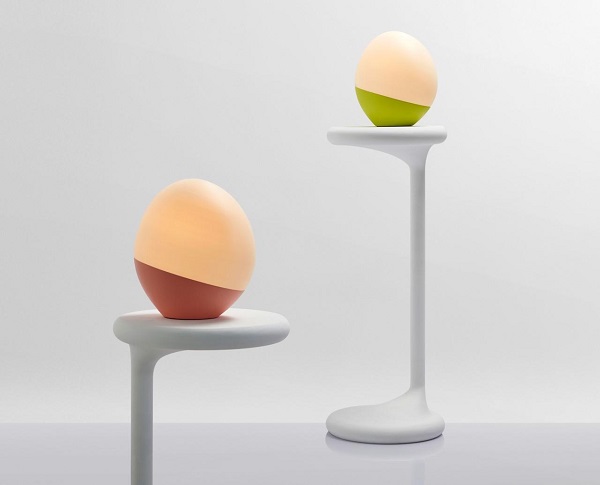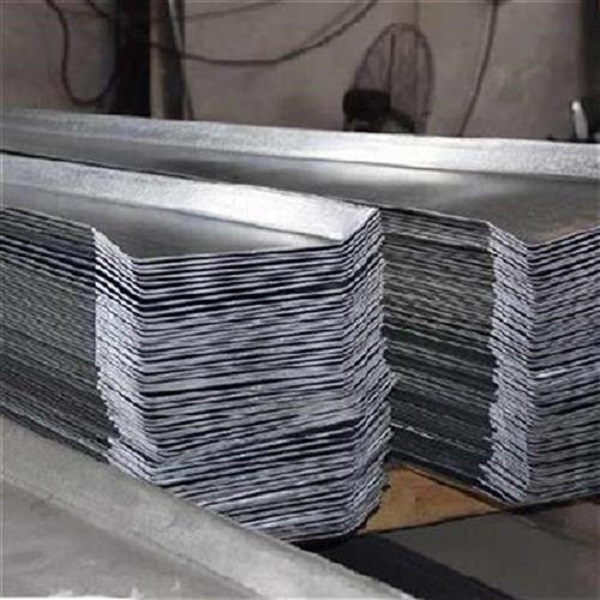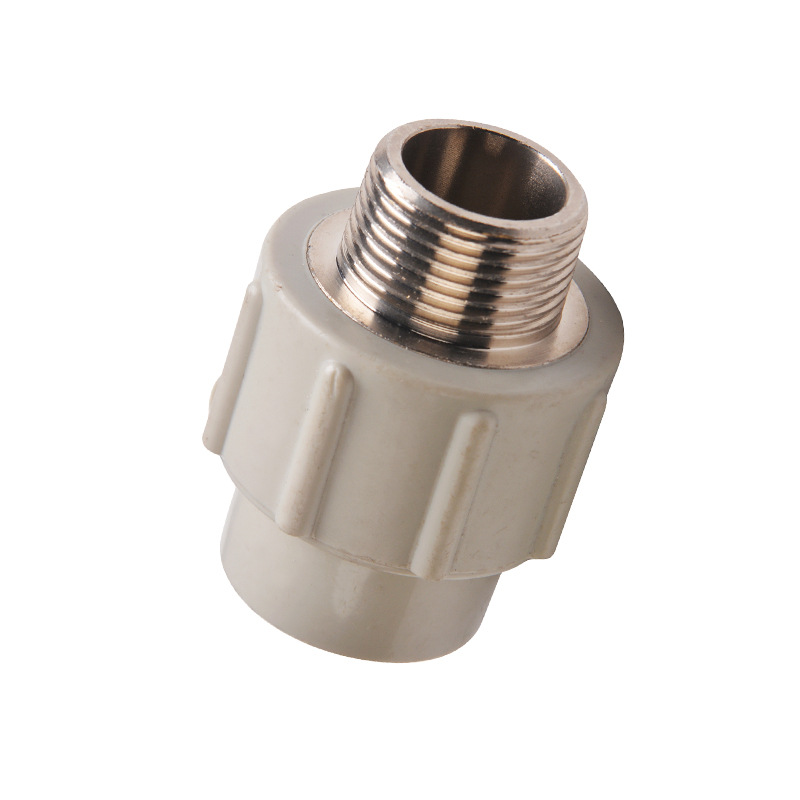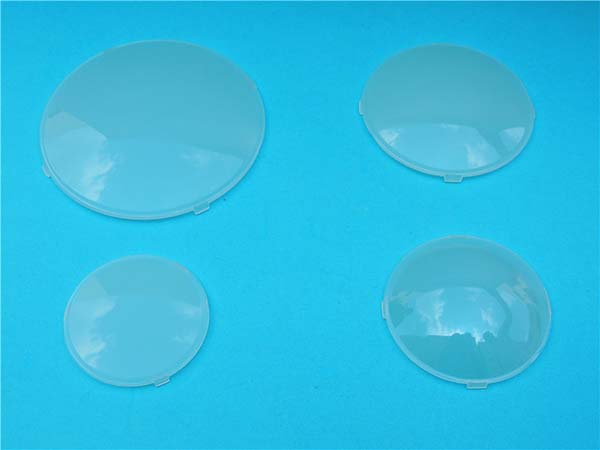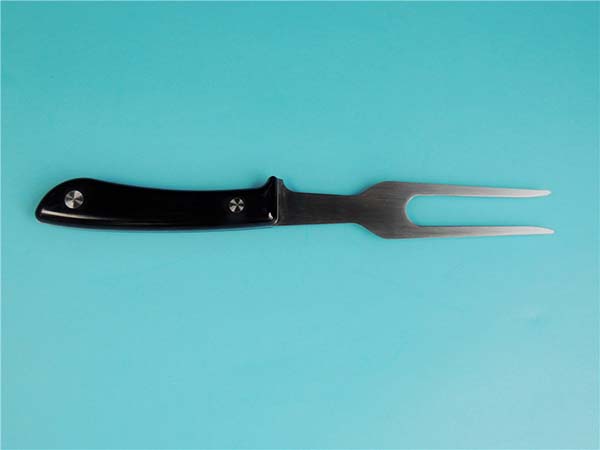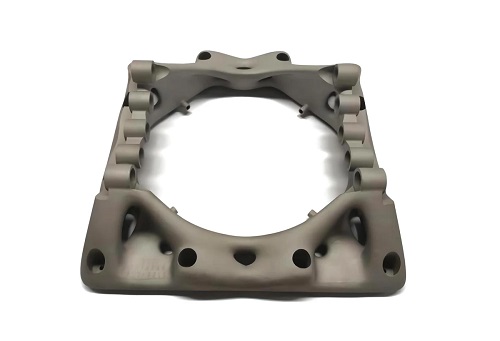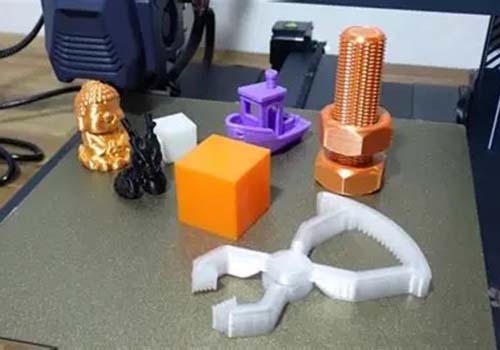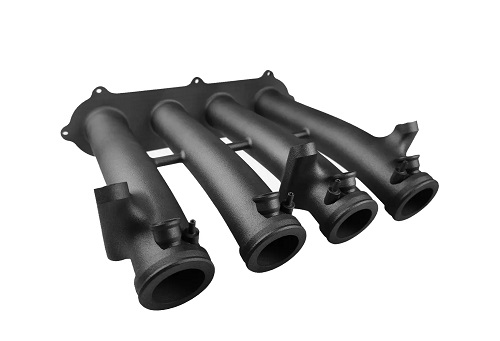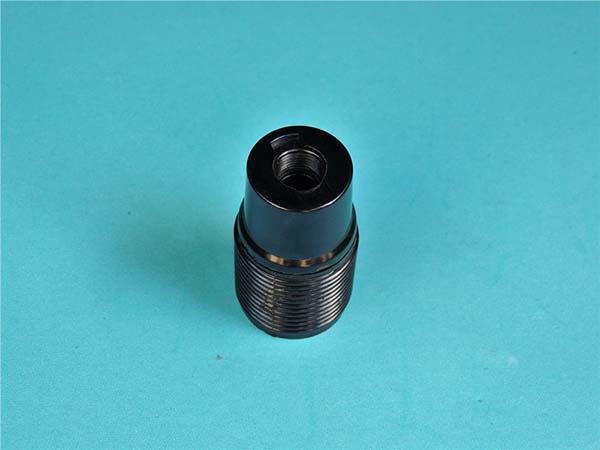You’ve heard PEEK is the “holy grail” of 3D printing materials—strong enough for aerospace parts, biocompatible for medical implants, and heat-resistant for industrial furnaces. But when you try to print it, you’re met with a string of costly failures: the filament clogs the nozzle, the part warps so badly it’s unrecognizable, or the final print cracks under minimal stress. Even if you get a usable part, the surface finish is rough, and the cost of wasted material stings.
PEEK’s exceptional material properties—its ability to withstand extreme heat, chemicals, and mechanical stress—come with equally extreme printing requirements. Unlike PLA or even PA12, it demands specialized equipment, precise temperature control, and a deep understanding of its behavior. In this guide, we’ll demystify 3D printing PEEK, breaking down how to overcome its technical challenges and leverage its advantages for applications where no other material will do.
Material Properties: The Power of PEEK
PEEK (Polyether Ether Ketone) is a high-performance thermoplastic renowned for its unrivaled combination of strength, heat resistance, and versatility. Its material properties make it a top choice for mission-critical applications:
- Extreme temperature resistance: PEEK’s high-temperature resistance is legendary. It has a glass transition temperature (Tg) of 143°C and a melting temperature (Tm) of 343°C, allowing continuous use at up to 260°C—far exceeding PA12 (100°C) or even metals like aluminum in some cases. This makes it ideal for parts exposed to furnaces, engine heat, or sterilization processes.
- Mechanical strength: PEEK boasts a tensile strength of 90-100 MPa, outperforming most metals pound-for-pound. Its flexural modulus (stiffness) of 3.6-4 GPa ensures rigidity, while its impact strength (6-10 kJ/m²) means it can absorb shocks without shattering. This combination of mechanical strength and toughness makes it suitable for load-bearing parts like gears, brackets, or medical implants.
- Chemical and biological inertness: PEEK is chemically inert, resisting acids, bases, solvents, and fuels that would degrade other plastics. It’s also biocompatible (ISO 10993 certified), meaning it can be used in direct contact with human tissue without causing adverse reactions—critical for medical implants and surgical instruments. Additionally, it offers radiation resistance, making it suitable for nuclear or medical imaging applications.
To put it in perspective, here’s how PEEK compares to other high-performance materials:
| Property | PEEK | PA12 | Titanium (Ti-6Al-4V) |
| Tensile Strength | 90-100 MPa | 40-50 MPa | 900 MPa |
| Max Continuous Use Temp | 260°C | 100°C | 315°C |
| Density | 1.32 g/cm³ | 1.01-1.04 g/cm³ | 4.43 g/cm³ |
| Biocompatibility | Yes (ISO 10993) | Yes (medical grade) | Yes |
3D Printing Processes: Taming the Heat
3D printing PEEK requires specialized 3D printing processes and equipment. While several methods work, each has its own challenges:
- Fused Filament Fabrication (FFF): The most accessible method for PEEK, but far from easy. FFF requires a nozzle temperature of 380-420°C (hotter than many 3D printer hot ends can reach) and a bed temperature of 120-160°C. The printer must be fully enclosed with a heated chamber (160-200°C) to prevent warping. Layer height is typically 0.1-0.2 mm, with print speed as slow as 10-20 mm/s to ensure proper layer adhesion.
- Selective Laser Sintering (SLS): SLS uses a laser to fuse PEEK powder, requiring a powder bed temperature of 300-320°C (just below Tm). This method produces denser parts with better layer adhesion than FFF but demands industrial-grade printers costing $100,000+. Infill density can reach 99% for maximum strength, making it ideal for aerospace components or medical implants.
- Material Extrusion: Similar to FFF but with enhanced temperature control, often used for industrial-scale production. It relies on high-quality filament or powder—even minor impurities can cause nozzle clogging or weak layers. Slicing software must account for PEEK’s low thermal conductivity, adjusting cooling (or disabling it entirely) to prevent rapid temperature drops.
Applications and Uses: Where Only PEEK Will Do
PEEK’s unique properties make it indispensable in these applications and uses:
- Aerospace and automotive: Aerospace components like engine brackets, cable insulation, and fuel system parts rely on PEEK’s high-temperature resistance and lightweight (density of 1.32 g/cm³ vs. titanium’s 4.43 g/cm³). In automotive, it’s used for turbocharger components, sensors, and under-hood parts that withstand extreme heat and oils.
- Medical and dental fields: PEEK’s biocompatibility makes it ideal for medical implants (spinal cages, hip replacements) and dental applications (custom crowns, abutments). It mimics bone density, reduces inflammation, and withstands repeated sterilization. Surgical instruments also benefit from its chemical resistance and ability to maintain sharpness.
- Industrial and chemical processing: Industrial tooling (molds, fixtures) exposed to high heat or chemicals use PEEK for its chemical inertness and wear resistance. Chemical processing equipment like valves, pumps, and connectors rely on it to handle acids, solvents, and high-pressure fluids that would corrode metals.
Technical Challenges: Overcoming PEEK’s Demands
Printing PEEK is no walk in the park—its technical challenges require careful planning:
- High-temperature requirements: PEEK demands nozzle temperatures (380-420°C) that melt most standard printer components. Nozzles must be made of hardened steel or ceramic; even brass nozzles degrade quickly. Heated chambers (160-200°C) strain printer electronics, requiring specialized insulation and cooling for motors.
- Warping and adhesion: PEEK shrinks significantly during cooling, leading to severe warping without a hot chamber. Bed adhesion is another hurdle—even with a 160°C bed, parts often lift. Solutions include using a PEI sheet with PEEK primer, applying a thin layer of graphite, or printing a raft of PEEK itself.
- Nozzle clogging: PEEK’s high viscosity and tendency to degrade at extreme temperatures make nozzle clogging common. Prevent this by using large nozzles (0.6-1.0 mm), drying filament thoroughly (120°C for 4-6 hours), and avoiding prolonged idle times with the nozzle heated.
- Cost and equipment: PEEK filament costs \(200-500 per kg (10x PA12), and printers capable of handling it start at \)10,000 (FFF) to $1M (industrial SLS). This makes it impractical for low-value or prototyping-only projects.
Advantages and Benefits: Why PEEK Is Worth It
Despite its challenges, PEEK’s advantages and benefits justify the effort for critical applications:
- Superior performance: No other 3D printable material combines high-temperature resistance, mechanical strength, and chemical resistance like PEEK. It outlasts metals in corrosive environments and reduces weight in aerospace/automotive applications, cutting fuel costs.
- Biocompatibility and versatility: Its ability to integrate with human tissue makes it irreplaceable for medical implants. For engineers, its customizability (3D printing allows complex geometries impossible with machining) reduces part counts and improves performance.
- Long-term value: While expensive upfront, PEEK parts last longer in harsh conditions, reducing replacement costs. Its dimensional stability (minimal shrinkage with proper printing) ensures tight tolerances, eliminating fit issues in assemblies.
Yigu Technology’s Perspective: Expertise in PEEK Printing
At Yigu Technology, we specialize in 3D printing PEEK for clients who can’t compromise on performance. We use industrial FFF and SLS printers with heated chambers, precision nozzles, and strict quality control for filament or powder. Whether you need aerospace components that withstand 200°C or medical implants with exacting biocompatibility, we optimize print parameters (temperature, speed, layer height) to minimize warping and maximize strength. PEEK isn’t for every project, but when you need the best, we deliver parts that meet its legendary potential.
Frequently Asked Questions (FAQ)
- Can I print PEEK on a consumer 3D printer?
No. Consumer printers lack the high-temperature nozzles (380°C+), heated chambers (160°C+), and robust components needed for PEEK. Even modified printers struggle with consistency—invest in industrial-grade equipment for reliable results.
- Is PEEK better than metal for high-temperature parts?
In many cases, yes. PEEK is lighter than metal, resists corrosion, and doesn’t conduct heat as readily. It’s ideal for parts where weight, chemical resistance, or non-conductivity matter—like aerospace brackets or chemical processing equipment.
- How do I improve PEEK layer adhesion?
Increase nozzle temperature to 400-410°C, raise chamber temperature to 180°C, and slow print speed to 10-15 mm/s. Ensure the first layer is slightly over-extruded (105-110% flow) and use a PEEK-specific bed primer to boost adhesion.
